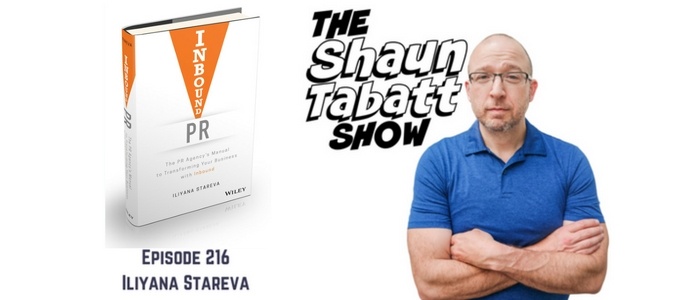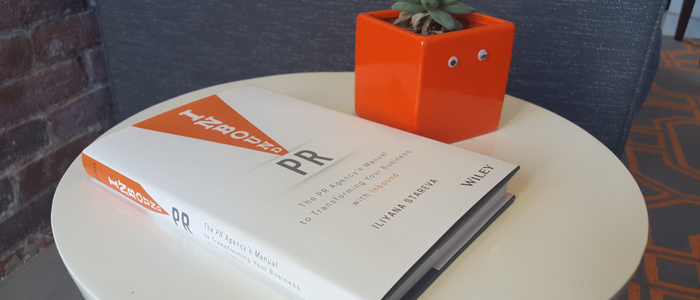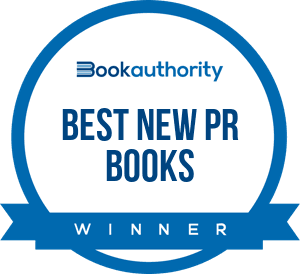CIPR's State of the Profession is out. It's the UK PR industry's longest-running and most authoritative research study into public relations practice that delivers industry-leading data on the trends, issues and challenges impacting PR. I cover the research every year.
In 2018, the study found that the biggest challenge for the PR industry is under-representation of PR professionals at board level - this was the same in the 2017 research. To give you some of the numbers, only 1 in 10 senior respondents indicated they were a member of an executive board.
When trying to figure out why, the study found that PR pros are overwhelmingly engaged in tactical delivery, for example, 76% spend some or most time copywriting and editing.
A longer-term challenge for the PR industry seems to be finding new ways and sources to provide value, specifically when it comes to having to counter the risk of AI and new technologies.
This too relates back to how the most commonly undertaken activity in PR is copywriting and editing, the second most common is delivering PR campaigns and the third most common is media relations. Elements of these activities, as well as social media relations, are at risk of automation.
What this all tells us is that if PR people want a seat at the table, they need to break away from tactical communications and assert wider influence over the organisation they work in.
Most importantly, PR people need to build their business acumen to break through beyond PR. This is something I've realised a while ago and was one of the key reasons I developed the concept and thinking around Inbound PR.











